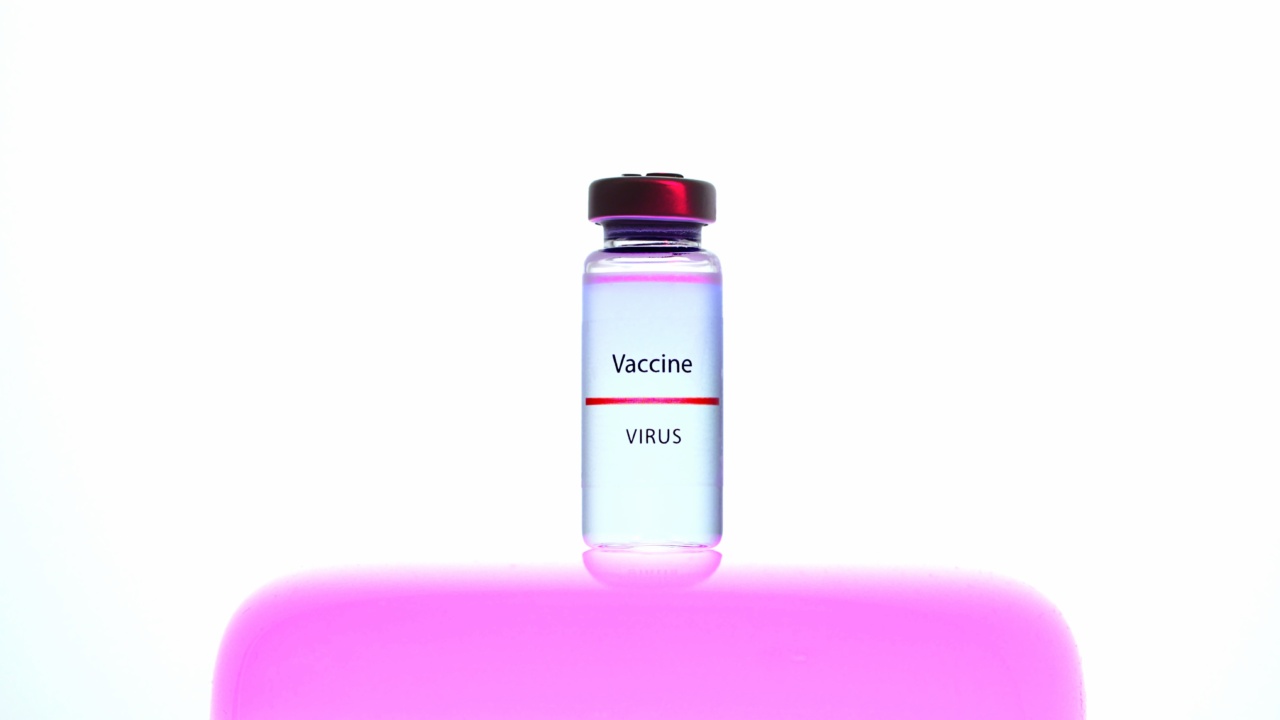Cardiovascular disease (CVD) is a leading cause of death globally. According to the World Health Organization (WHO), an estimated 17.9 million deaths occur due to CVD each year, accounting for 31% of all global deaths.
CVD refers to a range of conditions that affect the heart and blood vessels, including coronary artery disease, heart failure, arrhythmia, and peripheral arterial disease, among others.
Risk Factors
Several risk factors can increase your chances of developing CVD, including:.
- High blood pressure
- High blood cholesterol levels
- Smoking
- Obesity
- Lack of physical activity
- Unhealthy diet
- Diabetes
- Family history of CVD
Prevention
Preventing CVD involves taking steps to manage risk factors, such as:.
- Maintaining a healthy weight
- Regular physical activity
- Healthy diet
- Quitting smoking
- Managing stress levels
By adopting a healthy lifestyle, you can lower your risk of developing CVD and other chronic diseases.
Early Detection
Early detection of CVD can help prevent complications and improve outcomes. Regular health check-ups can help identify risk factors and early signs of CVD. Tests and screening procedures that may be recommended include:.
- Blood pressure measurement
- Blood tests to check cholesterol and glucose levels
- Electrocardiogram (ECG) to check heart function
- Echocardiogram to check heart structure and function
- Stress tests to check heart function during exertion
Treatment
Treatment options for CVD may include:.
- Lifestyle changes, such as diet and exercise
- Medications to lower blood pressure, cholesterol, or manage other conditions such as diabetes
- Cardiac rehabilitation to improve heart function and overall fitness
- Surgery or other procedures such as angioplasty, stenting, or bypass surgery to treat blocked arteries
The type of treatment recommended will depend on the severity and type of CVD and other individual factors such as age, overall health, and preferences.
It’s important to work closely with your healthcare provider to develop a treatment plan that is right for you.
Conclusion
CVD is a major global health issue, but it is preventable and manageable.
By adopting healthy lifestyle habits and working with your healthcare provider to manage risk factors, detect early signs, and develop a personalized treatment plan, you can reduce your risk of developing CVD and improve your cardiovascular health.




























